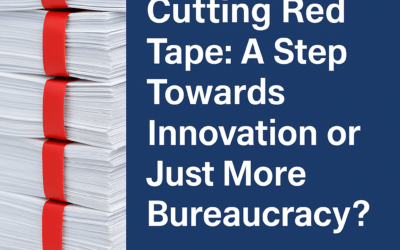Market Access Reports are something frequently requested by our clients. So what are they, and why are they useful?
The problem
Let’s take an example of Susan. Susan is a director of a company (Wet Stop) which has developed a new technology which can help identify when a patient has had an incontinent episode. The company think that this technology will be a great success, as it combines a sensor for the user with an app for care staff or family which will alarm when the patient leaks urine. Susan has a relative who has problems with continence, who is a resident of a nursing home and believes that this technology will help staff care for residents.
The product is developed, and an initial first batch of 1,000 disposable sensors is made, along with an app which is registered on the app store. Total product development costs including IP protection £20,000. Marketing materials are developed £3,000, and one member of the team is given the role of selling the product to care homes, at a cost of £50,000 per annum. After six months there are no sales. Care homes aren’t interested in the product and most won’t even allow time for a sales call. Susan thinks that maybe they need to approach a different market, and contacts us to discuss a Market Access Plan.
We talk to Susan, and ask which potential customers have been contacted, and review the marketing messages that have been used. We ask if we could be introduced to any of the potential customers who have at least agreed to talk to Wet Stop.
Then we set to work, examining the different potential options for selling this product: to nursing and care homes, private individuals, NHS. We interview people from across our broad network of contacts and demonstrate the device. We research other options on the market, how incontinence is currently managed in different settings and discuss how things could be improved with a range of stakeholders from people living with incontinence to nursing staff and continence advisors.
The Market Access Report
The report states the following
- current continence pads and underwear is designed to soak up urine and keep it away from the skin, allowing people to remain comfortable between changes, as long as they are changed at regular intervals.
- Some small leakage can be tolerated for long periods of time, and there are plenty of options for odour control.
- The staff in nursing and residential homes and on NHS wards have a number of priorities and already have good processes in place to maintain skin integrity and dignity for residents and patients.
- An app would not be suitable as staff are not issued with personal mobile devices, and if they were there would need to be a high level of security in place for confidentiality.
- People living with incontinence did not want attention drawn to them every time there is any amount of urine leakage.
- Budgets are very tight for all providers of health and care, and they require evidence that any purchase 1) improves quality or length of life 2) reduces costs or 3) reduces staff time.
- This product would increase the number of changes, and therefore costs, interrupt and embarrass the service user/patient and take up additional staff time.
- What staff and patients/residents really wanted was help to identify potential UTIs before individuals needed to go to hospital.
What has the Market Access Report Achieved?
Wet Stop now have all the information they need to make a stop/go decision on promoting this product and decide to stop active sales and marketing saving £50,000 per annum, having already spent £48,000.
What would the Market Access Report have achieved if commissioned sooner?
If Wet Stop had commissioned the report before IP protection, we could have asked broad questions around alarms on wetting and gained sufficient information for Wet Stop to not proceed with this idea, but research options for UTI notifications instead. Saving £73,000.
Real Life
This is an imaginary scenario, and the majority of our clients receive reports that have more positive news, that might direct them towards the more “low-hanging fruit” and identify market entry points which would be more challenging and time-consuming. We identify potential competition, customer needs and requirements, pathways into which the product would fit, where the product would fit within such pathways and how that could potentially save staff time and money and improve patient lives.
The moral of this story is that by saving money on market investigations before you bring your product to market, could be costing you a small fortune.



